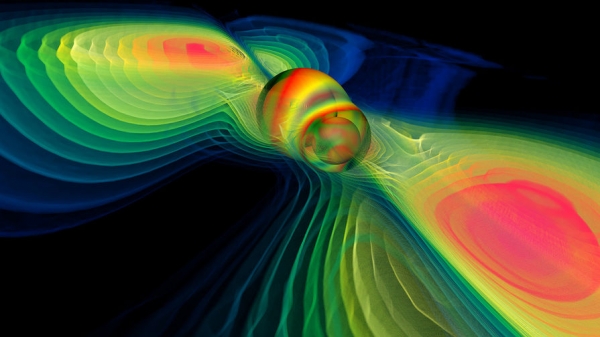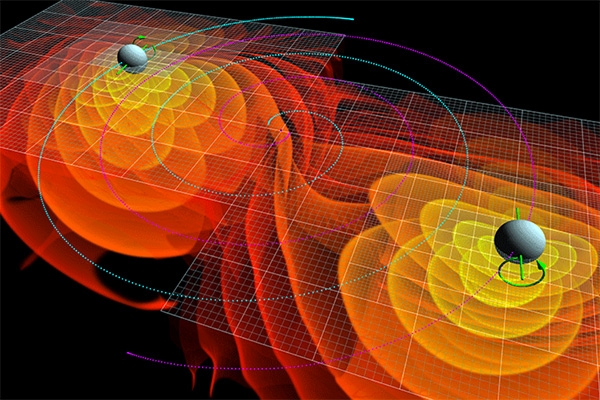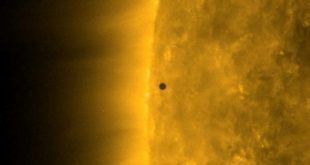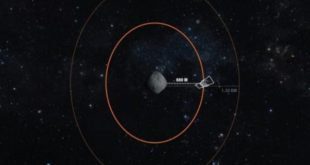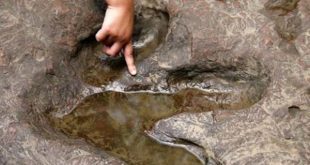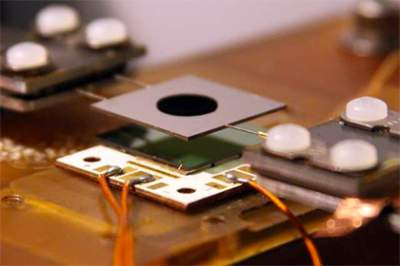 A solar panel transforms heat into light, increasing their energy efficiency.
A solar panel transforms heat into light, increasing their energy efficiency.
Engineers from mit have created a solar battery that can convert heat into light, increasing their energy efficiency. It managed to overcome the theoretically predicted limit, restricting the efficiency of the solar cells. A study published in the journal Nature Energy.
In 1961 physicists William Shockley and Hans Queisser proved that there is no absolute theoretical limit of efficiency of solar cells consisting of a single-layer silicon cells, processing of light into electricity, which is 32 per cent. Recently, however, scientists are considering various possibilities for overcoming this limit. In the new work, the engineers proposed to use for this purpose solar thermophotovoltaic.
The meaning of thermo-photovoltaics is the connection of the conventional solar cells with high-tech materials. Instead of dissipating the solar energy in the form of heat, the intermediate component absorbs all available power until heated to a sufficient temperature to emit radiation. By choosing different materials, it is possible to ensure that the device emitted only those electromagnetic waves that are available for capture by solar panels.
In the device used nanophotonic crystals that when heated is able to emit only certain wavelengths of light. In this case, the crystals are combined with vertically oriented carbon nanotubes and is capable of operating at a temperature of a thousand degrees Celsius. Nanotubes are an ideal absorber of all available solar radiation, converting it into heat, and the crystals convert the heat into light.
The system can use a lens or mirror focusing the sunlight to maintain the high temperature. Special optical filter passes all of the valid wavelengths of light to the photocells and reflects any unwanted radiation. The reflected waves are then re-absorbed, keeping the temperature of the photonic crystal.
A team of researchers conducted tests of efficiency of the photovoltaic element with the components thermo-photovoltaics under direct solar rays, and in the presence of ambient light. The results obtained correspond to the predicted.

